Wheel Size: 29’’ front and rear
Travel: 160 mm rear / 160 mm front
Geometry highlights:
- Sizes offered: S, M, L, XL
- Headtube angle: 64.5°
- Reach: 480 mm (size Large)
- Chainstay length: 440 mm
Frame material: Aluminum
Price: $4,999 USD
Wheel Size: 29’’ front and rear
Travel: 178 mm rear / 180 mm front
Geometry highlights:
- Sizes offered: S, M, L, XL
- Headtube angle: 63.5°
- Reach: 480 mm (size Large)
- Chainstay length: 440 mm
Frame material: Aluminum
Price: $4,999 USD
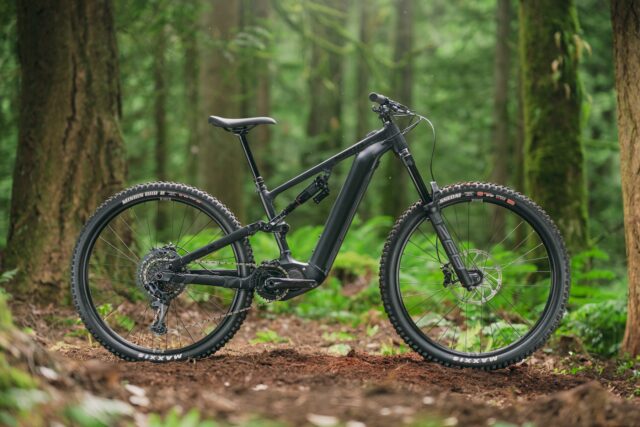
Intro
Kona’s recent phoenix-from-the-ashes moment hasn’t stopped the company from churning out some compelling new bikes, and the Remote 160 DL and Remote X are their latest electrified creations. Despite following on the heels of the updated Process series, the new additions to the Remote family see a host of changes, from an updated yoke-driven suspension layout to the inclusion of a bigger 612 Wh battery. Dig into the details below to see what Kona has cooked up.
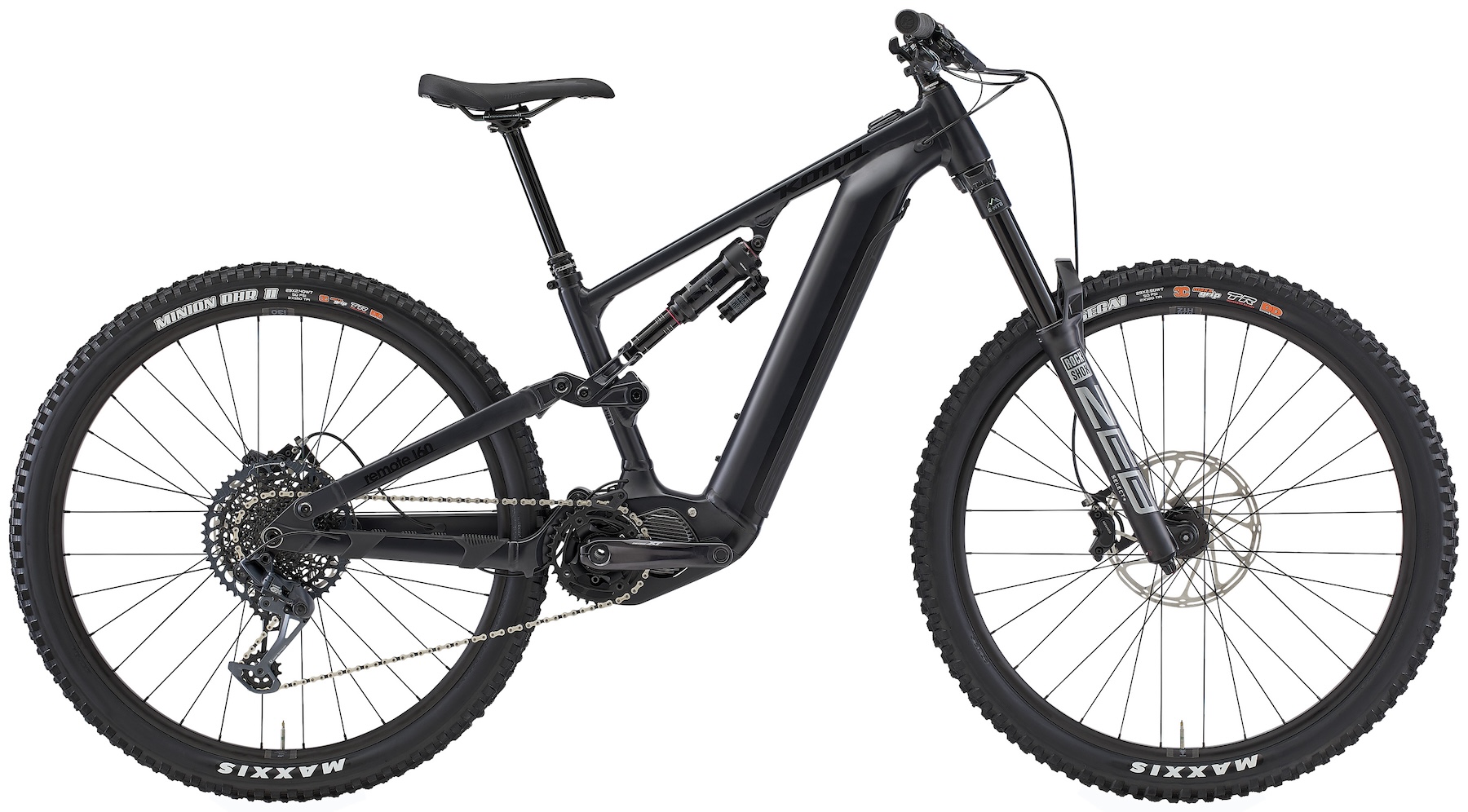
The Frames
Remote 160 DL
The Remote 160 DL is positioned as the more versatile of the new Remote offerings, with 160 mm of travel front and rear and a lot of inspiration from the new Process 153. Even as many companies move toward mixed wheel eMTB designs, Kona has stuck with 29’’ wheels front and rear while still retaining a fairly compact chainstay length (for an eMTB) at 440 mm. The all-aluminum frame strikes a burly silhouette, with its large diameter downtube and beefy head tube area.
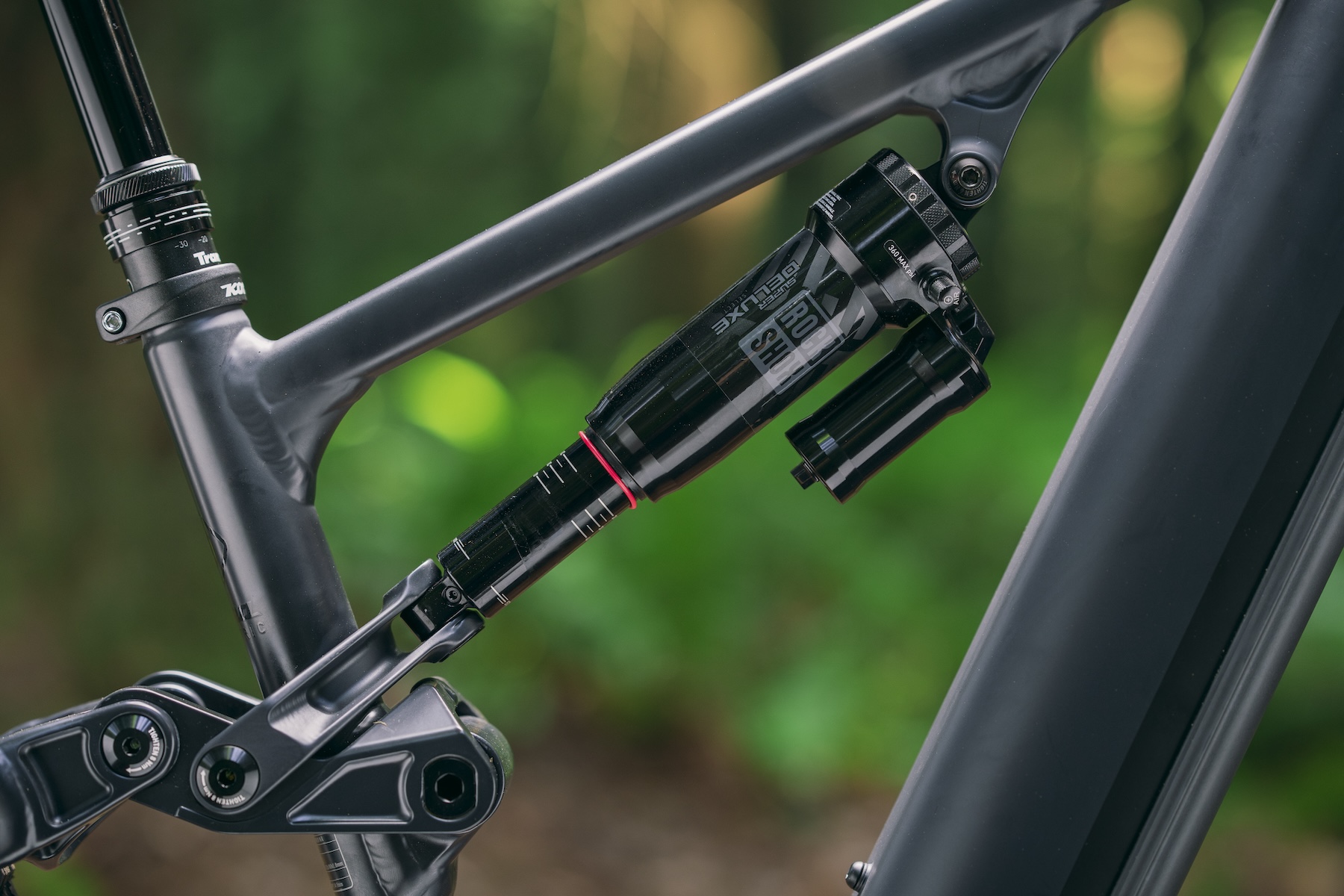
The rear suspension design is reminiscent of the layout used on the original Process lineup, eschewing their more recent vertically-mounted shock design for a yoke-driven design with the other end of the shock mounted under the top tube. Kona promises higher progression, with more bottom out resistance as well as a lighter feel over small bumps relative to the first generation Remote 160, and the leverage curve seems to back up those claims with a more linear-progressive curve. Kona also says that this means that the Remote plays well with coil shocks.
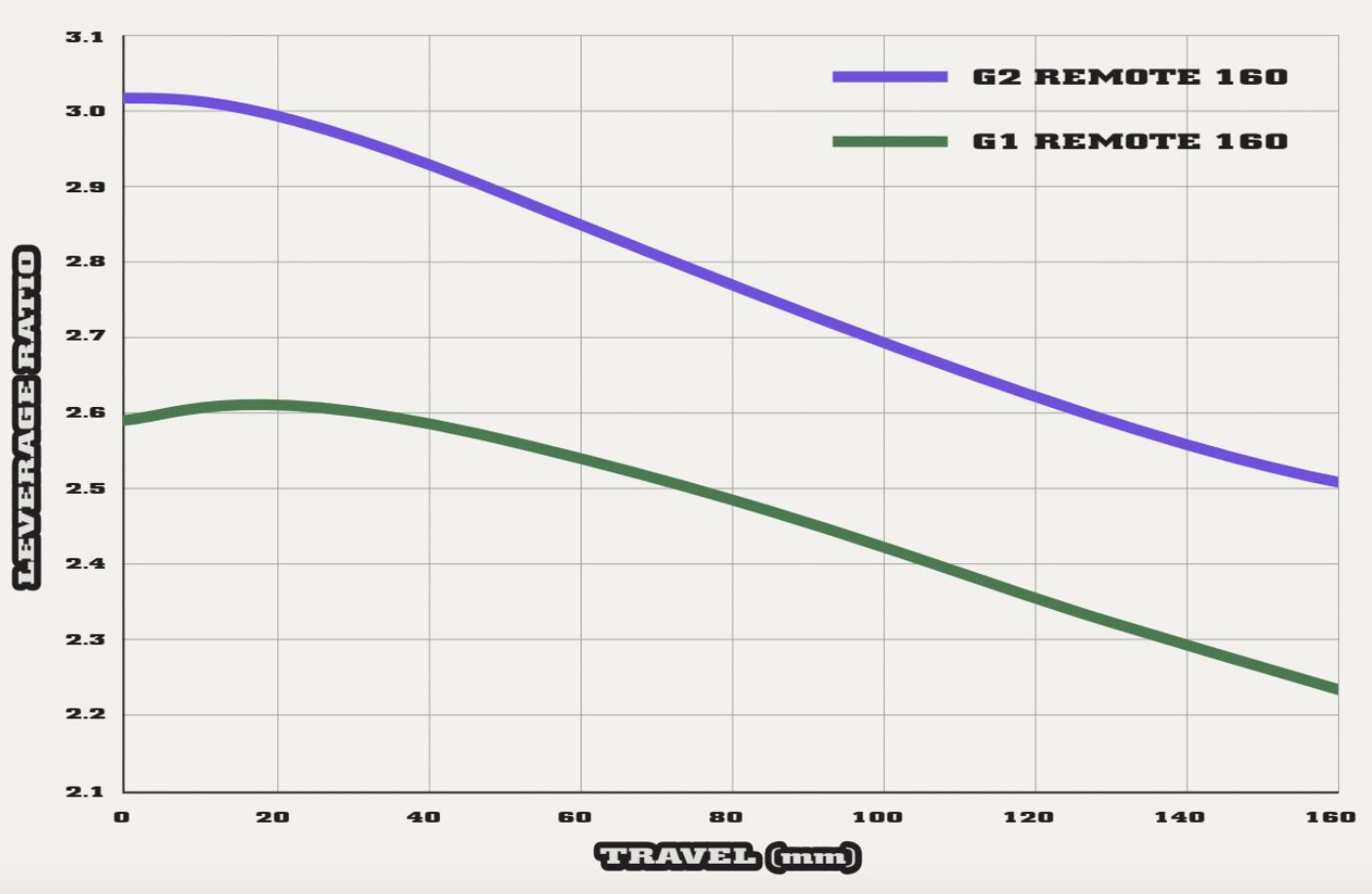
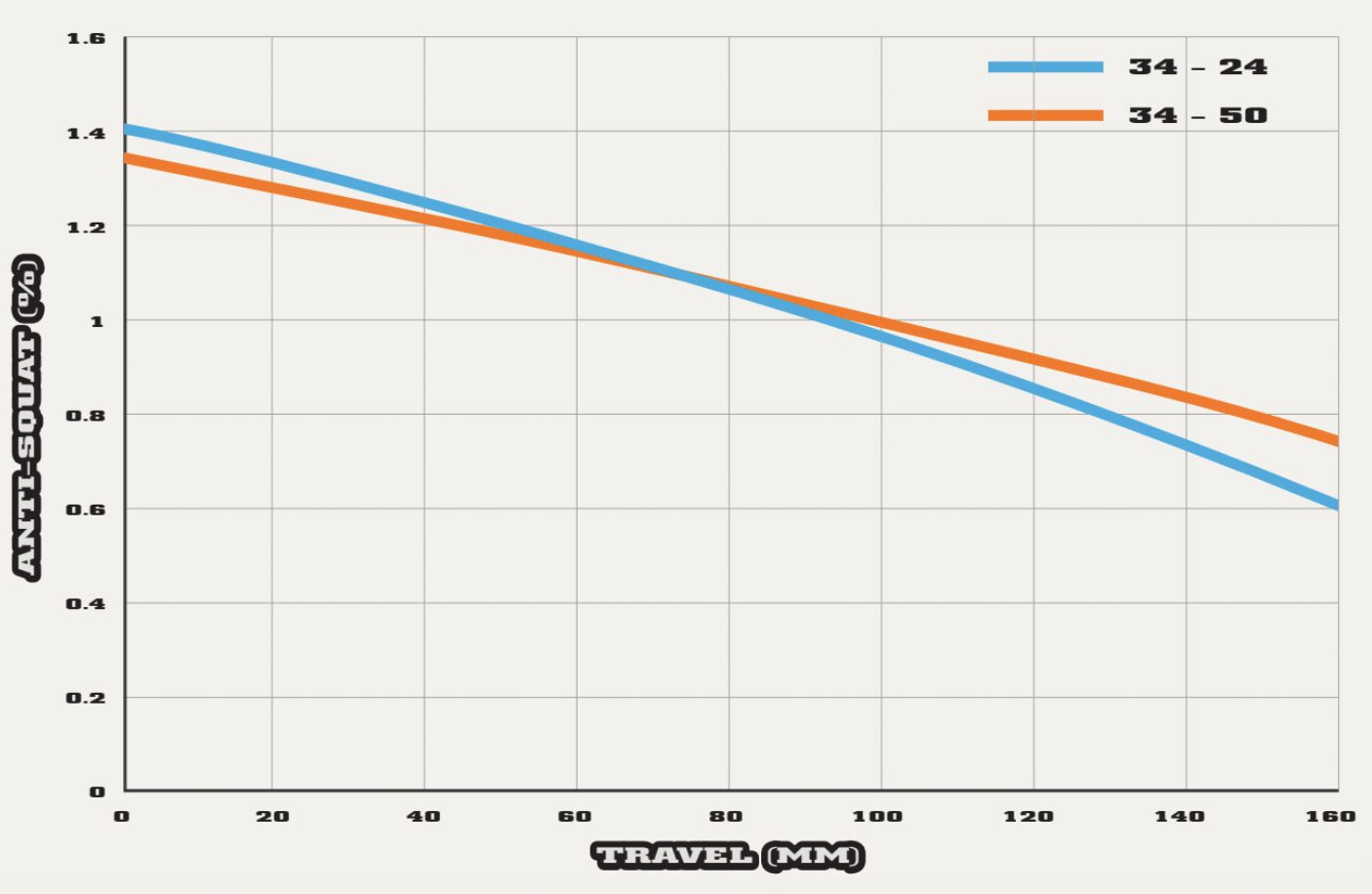
While some eMTBs opt for rather low anti-squat, Kona has kept the anti-squat reasonably high at around 120% at sag. That should mean that the Remote 160 DL stays fairly high in its travel under power.
There are no flip chips to be found here, but Kona has included a UDH rear hanger and says that all frame sizes can accommodate a water bottle without issue.
Remote X
With its shared frame design, nearly everything mentioned above with the Remote 160 DL applies to the Remote X. The obvious exception here is the travel, where the Remote X gets 178 mm out back paired with a 180 mm fork. Like with the Remote 160 DL, the Remote X has fairly linear-progressive suspension kinematics and is coil shock friendly. The Remote X’s anti-squat is a bit lower than the Remote 160 DL at around 110% at sag, but should still resist pedal bob fairly well.
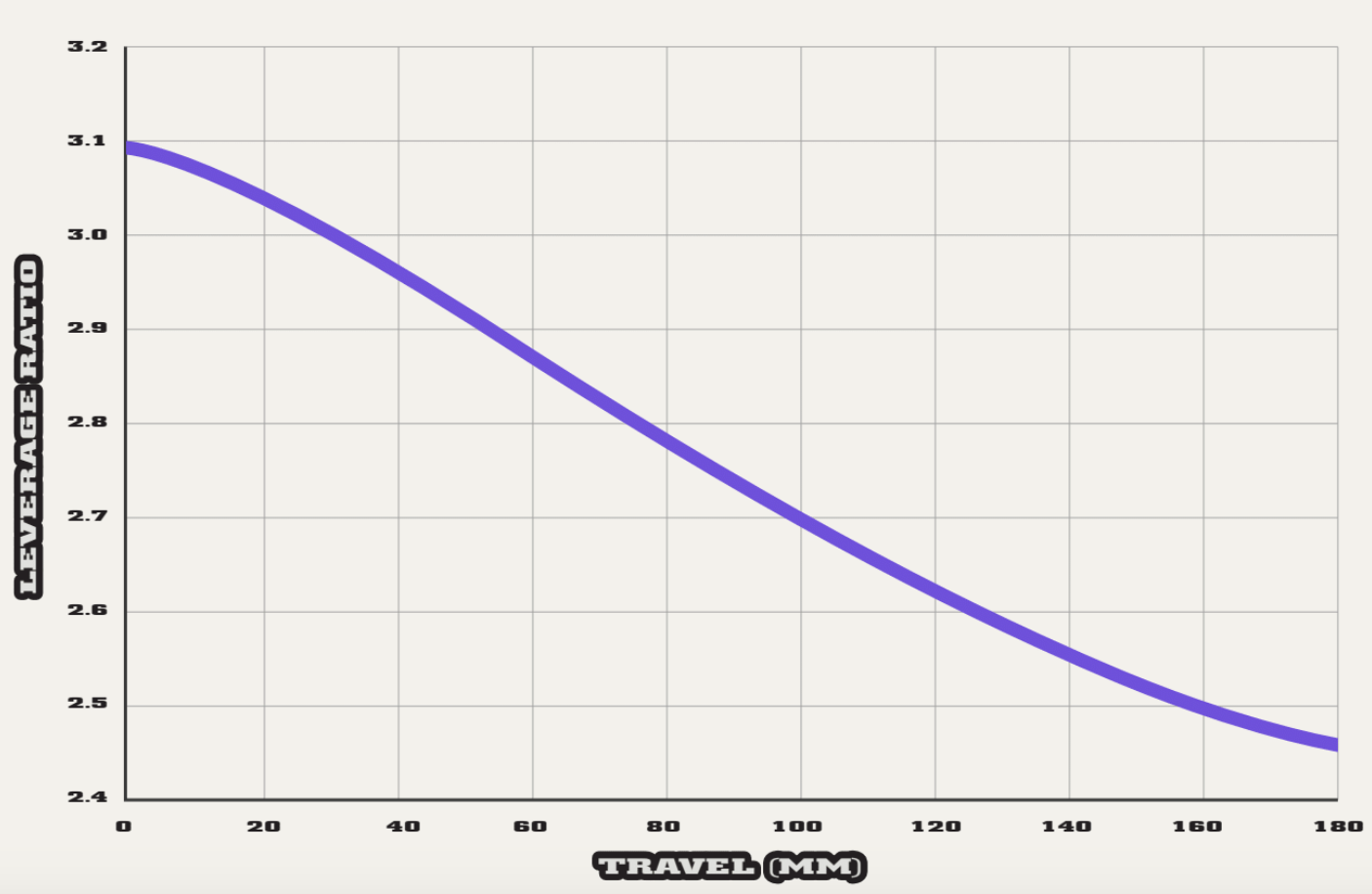
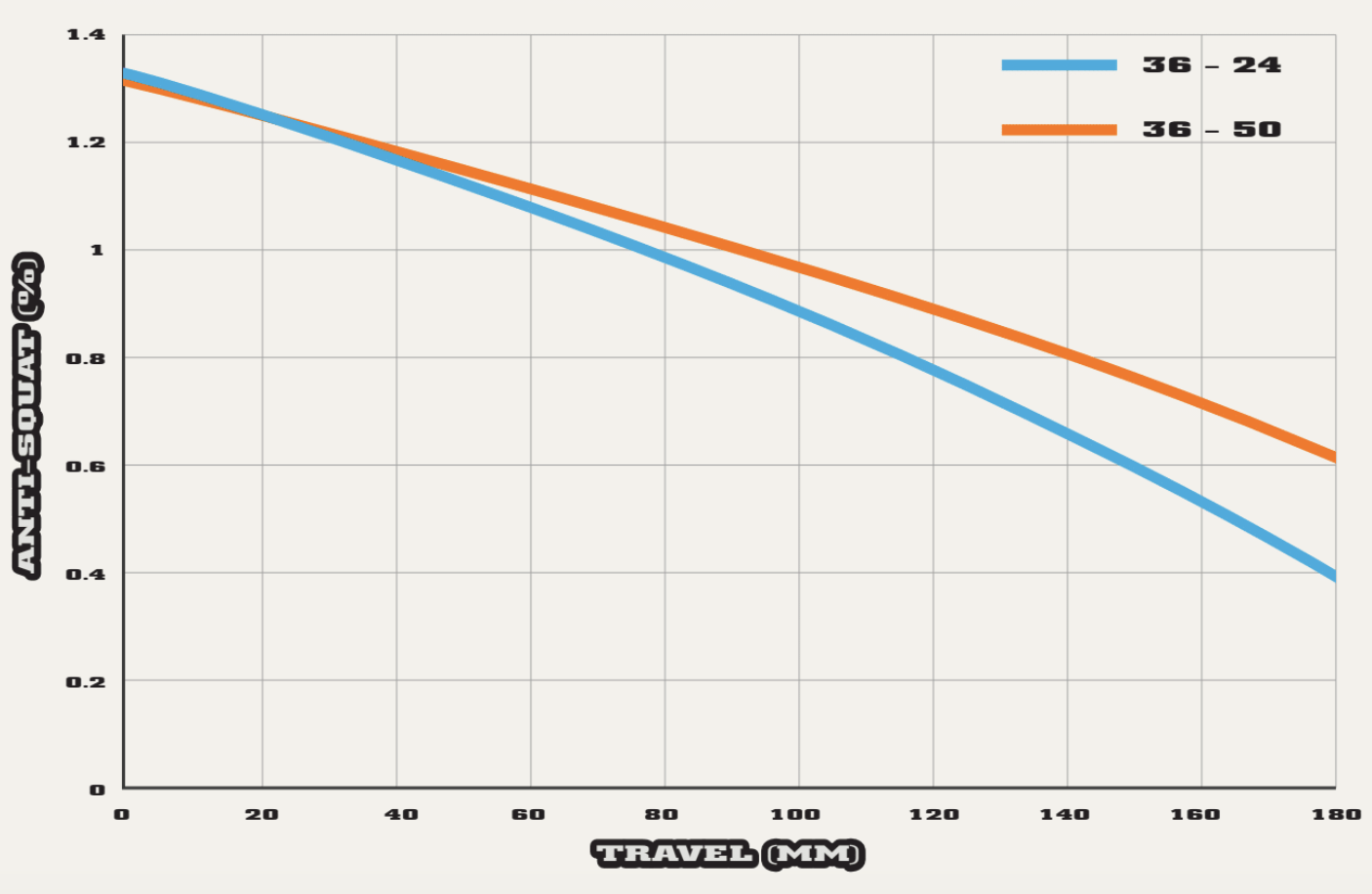
Drive System
Both the Remote 160 DL and Remote X share the same drive system and battery arrangement, consisting of a Shimano EP8 motor matched with a Darfon 612 Wh battery. While Shimano also makes batteries, Darfon has become a popular alternative option with different size options and fitment options. In the new Remotes, the battery capacity jumps substantially from the prior Shimano 504 Wh battery to Darfon’s 612 Wh unit. That extra 108 Wh means quite a bit more range, and Kona’s use of an easily accessible battery hatch means that owners can buy an extra battery from Kona for easy pit stop swaps to keep the ride going. Removing the battery simply requires unscrewing two M5 bolts on the battery cover.
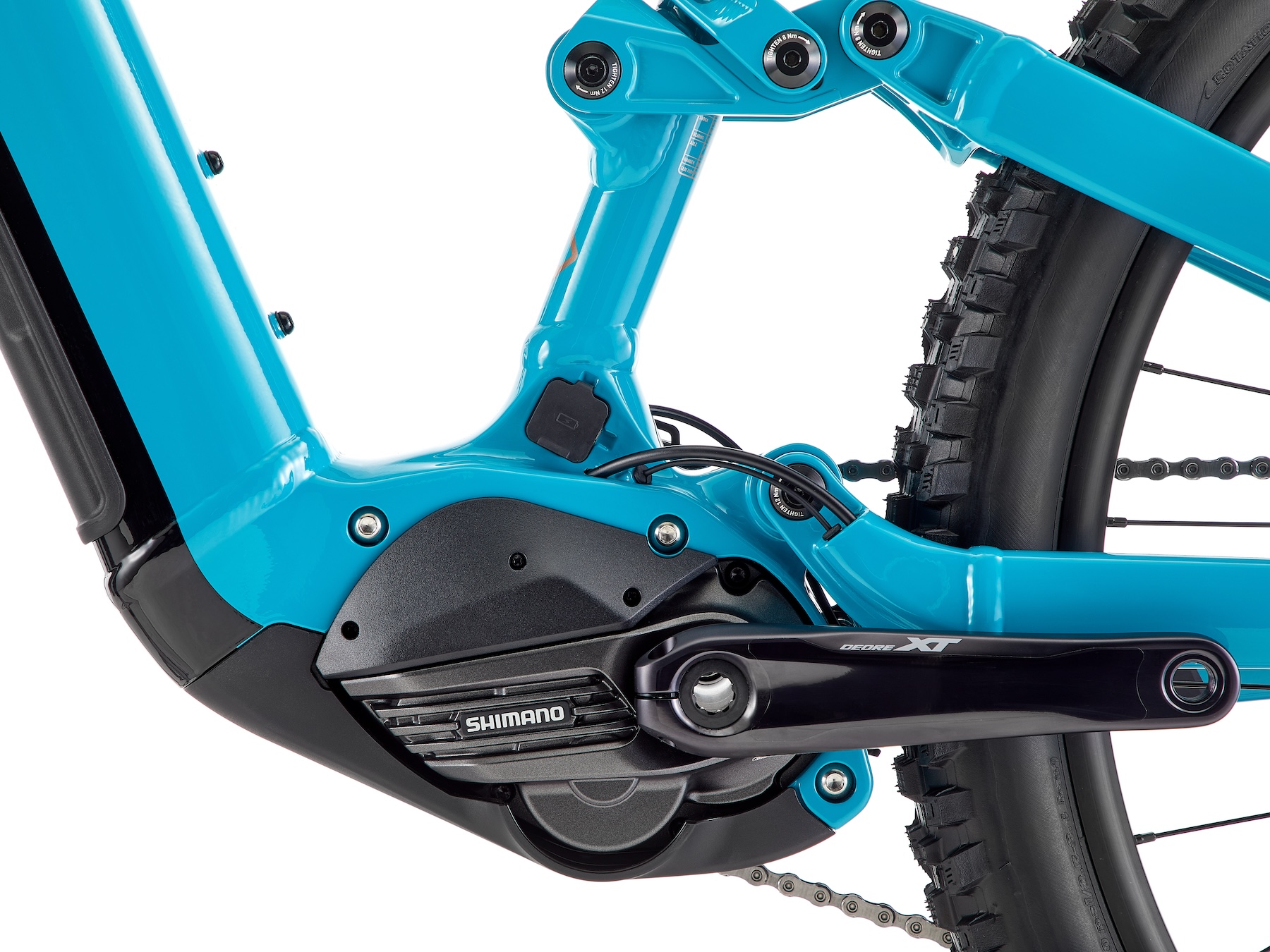
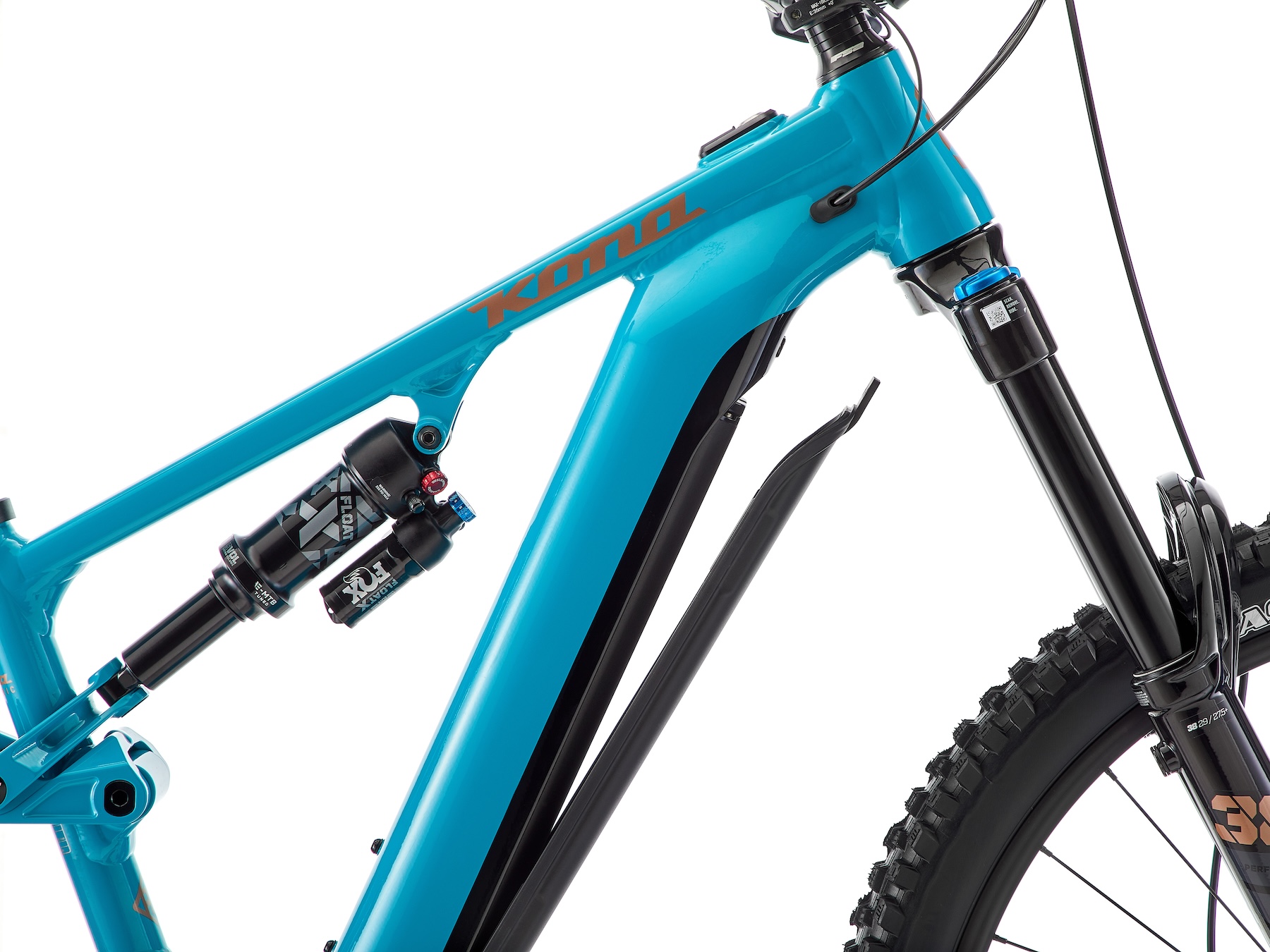
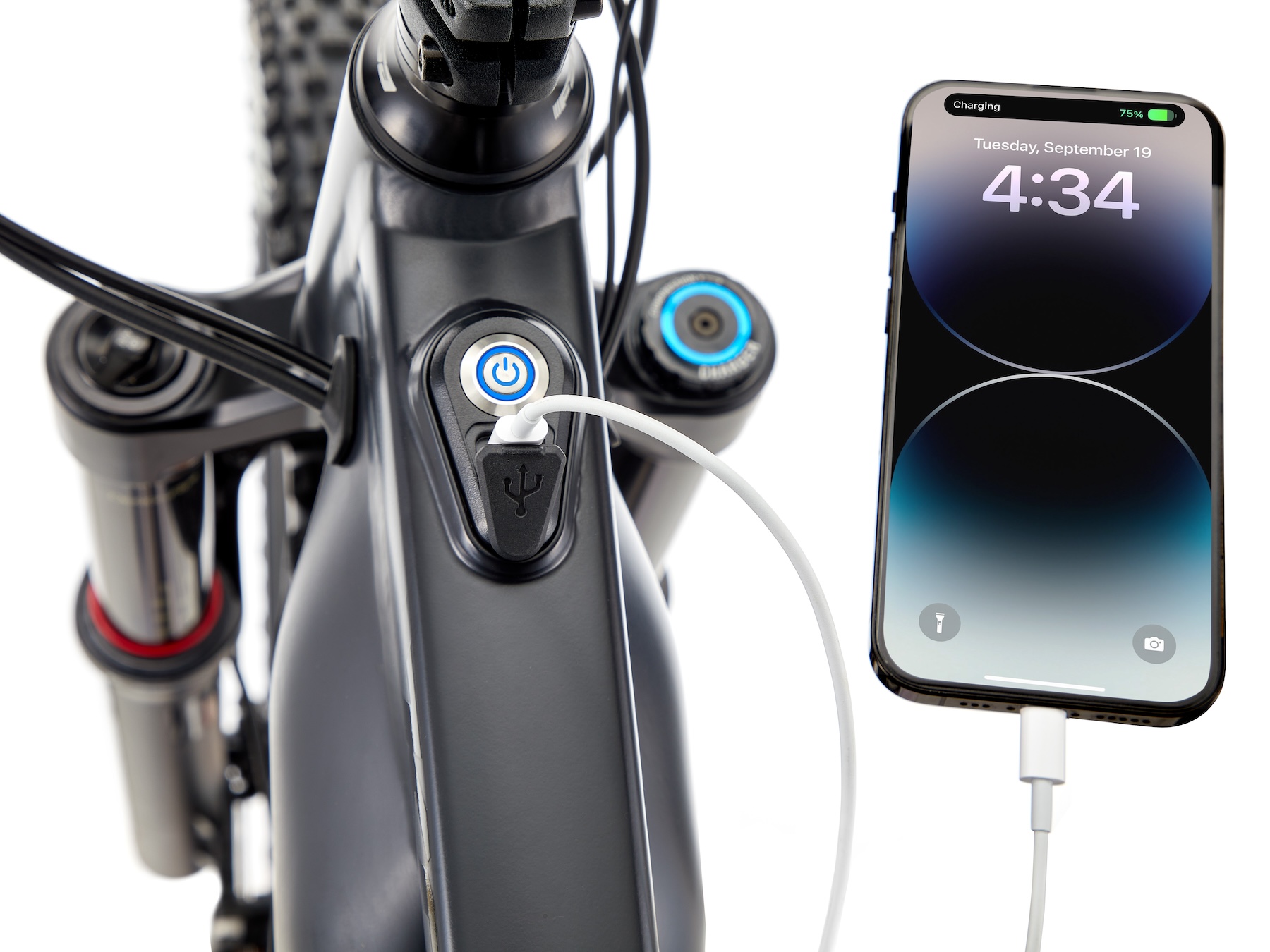
Interestingly, the motor is still Shimano’s EP800 unit rather than the newer EP801. While the EP801 does promise slightly more power and other refinements, we’ve spent a lot of time on the EP800 and have found it to be a very reliable option with a compact footprint and plenty of torque. While the display is the familiar bar-mounted Shimano SC-EM800 screen, the power button on the top tube now also gets a USB plug to allow for charging accessories like lights or even a phone.
Fit & Geometry
Remote 160 DL
The Remote 160 DL’s geometry is very much inspired by the redesigned Process 153. The size Large gets a 480 mm reach, 64.5° headtube angle, 640 mm stack, and 440 mm chainstays. Chainstays are static across the size range, but fortunately 440 mm sits at a fairly reasonable middle ground.
The seat tube angle isn’t particularly steep by modern standards at 76.8°, but that should also mean that the Remote 160 DL feels a bit more comfortable to pedal through flatter bits of trail. The Large’s seat tube length is quite short at 420 mm, and a straight seat tube means that dropper insertion is ample. Overall, the geometry figures of the Remote 160 DL look like a well-balanced package, matching Kona’s versatile intentions for the bike.
Full geometry figures are as follows:
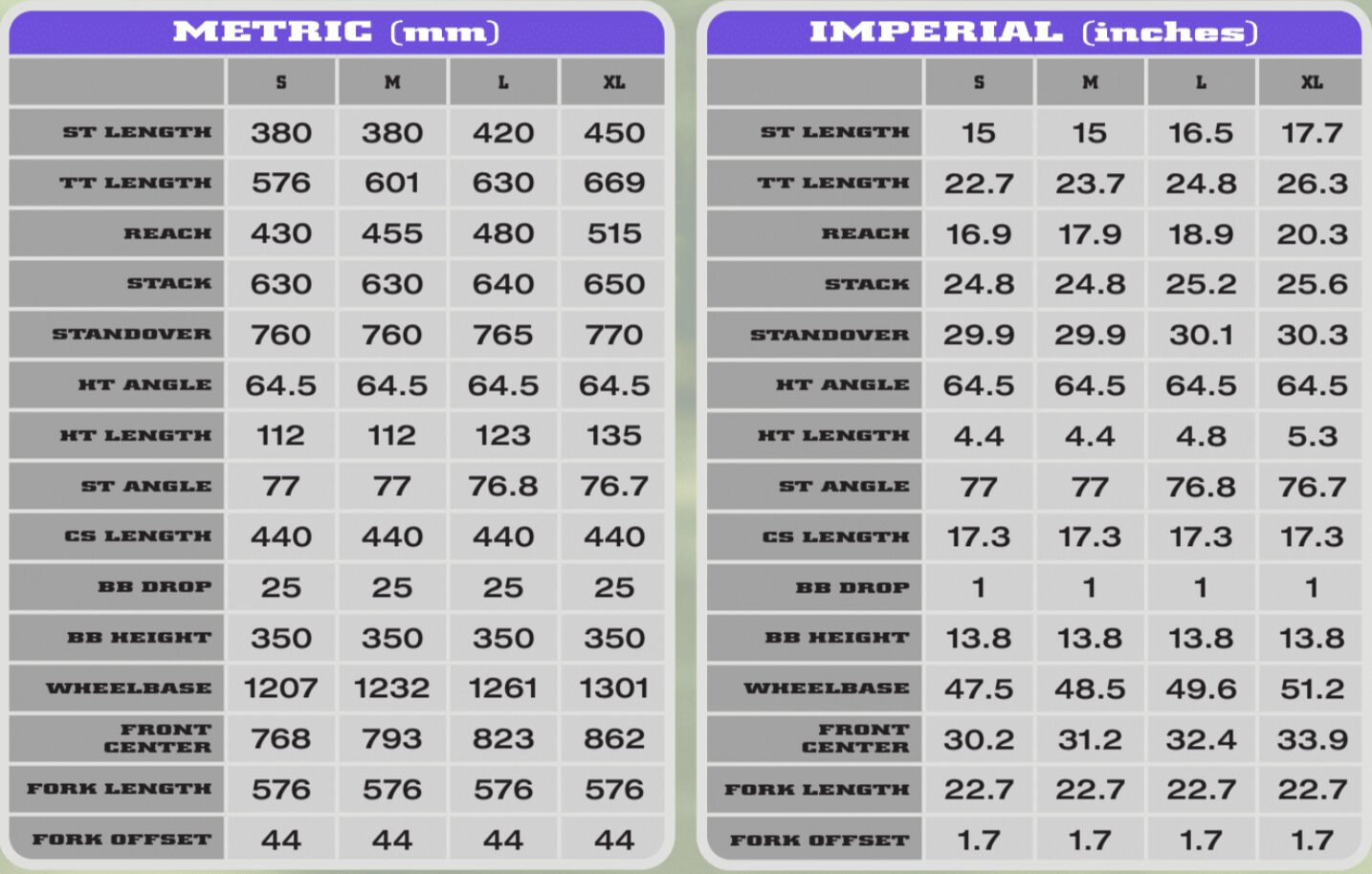
Remote X
The Remote X definitely takes things up a notch in the aggressiveness of its geometry, but it doesn’t go too far off the deep end. The Remote X’s stack height is 5 mm higher than that of the Remote 160 DL at 645 mm for a size Large, while the reach stays the same at 480 mm. The headtube angle begins to show the Remote X’s burly intentions, dropping to 63.5° and consequently elongating the wheelbase. The chainstays are again 440 mm, though Kona has actually steepened the seat tube angle to 77.7° on the Large Remote X — a move that makes a lot of sense given that the Remote X is likely to see a lot of winching up steep fire road climbs.
The full geometry chart is included below, but overall it seems like Kona has created an aggressive-yet-reasonable set of geometry figures for the Remote X.
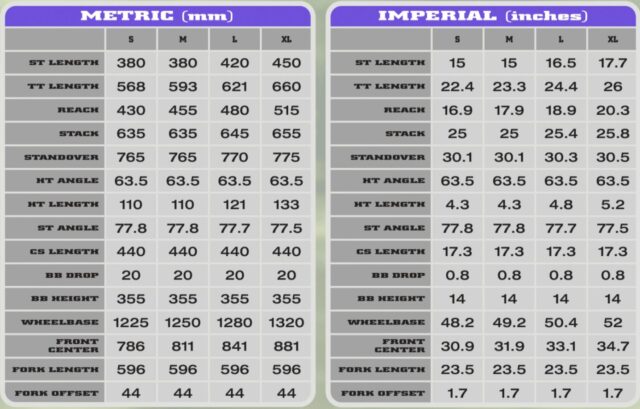
The Builds
With the Remote 160 DL and Remote X, Kona is offering just one build for each. The Remote 160 DL gets a SRAM drivetrain and brakes along with a Zeb Select+ fork and Super Deluxe Select rear shock, while the Remote X is a Fox and Shimano affair with a 38 Performance fork, Float X Performance Elite rear shock, and Shimano Deore shifting with SLX brakes.
Both get 29’’ wheels with rims from WTB, and it’s particularly great to see Kona making the very wise choice to spec a sticky Maxxis Assegai MaxxGrip tire up front and DHR2 out back, both with DoubleDown casings. Given the mass of an eMTB paired with a pedal assist, DoubleDown casings make sense in nearly every circumstance. We also applaud the 220 mm front rotor to help slow down all that extra weight from the battery and motor.
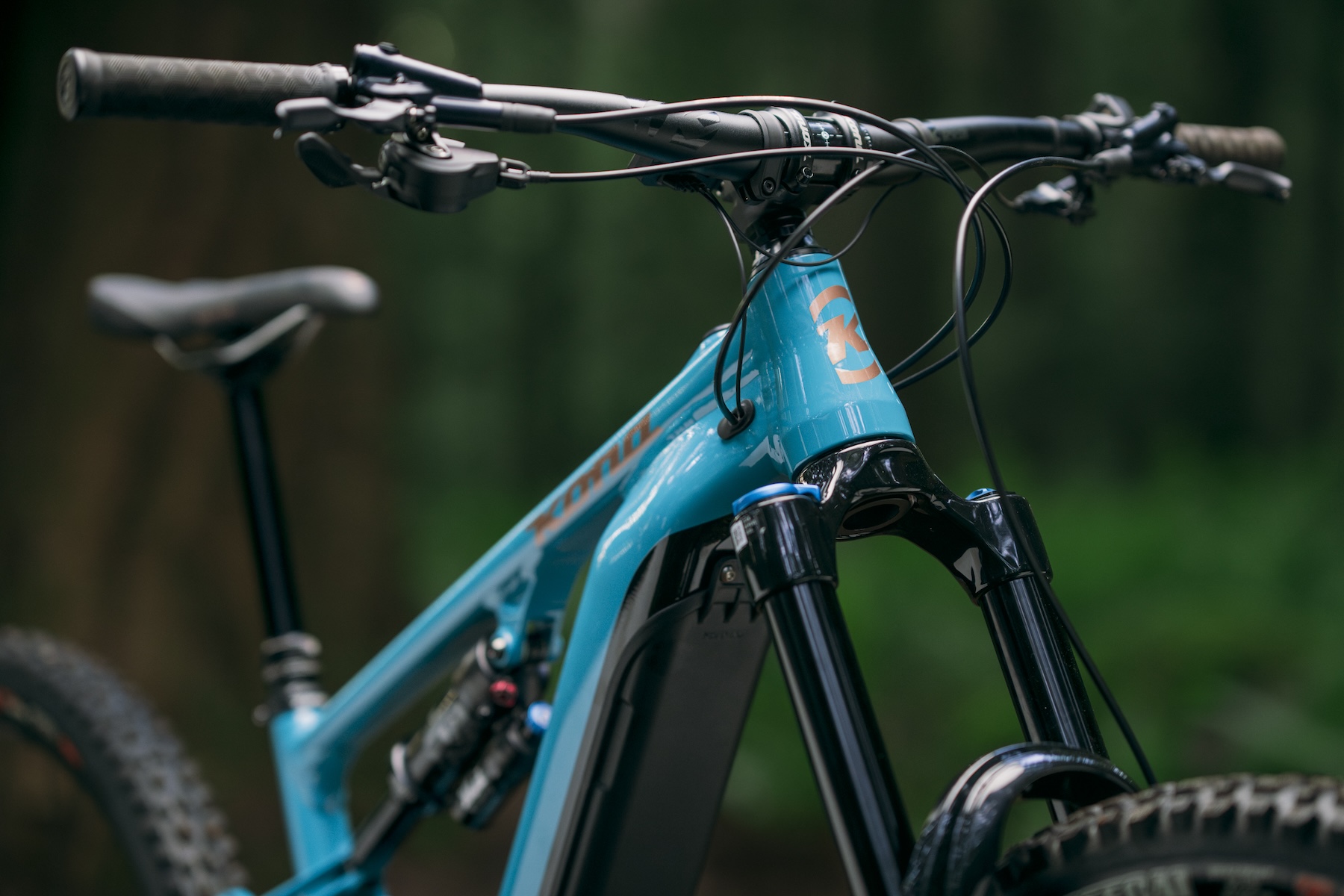
Full build specs are included as follows:
- Drivetrain: SRAM GX
- Brakes: SRAM Code R (220 mm front / 200 mm rear rotors)
- Fork: RockShox Zeb Select+ (160 mm)
- Shock: RockShox Super Deluxe Select
- Wheels: WTB HTZ i30 rims / Formula hubs
- Dropper Post: TranzX +RAD Internal (S–M: 170 mm drop, L–XL: 200 mm drop)
- Drivetrain: Shimano Deore
- Brakes: Shimano SLX (220 mm front / 203 mm rear rotors)
- Fork: Fox 38 Performance (180 mm)
- Shock: Fox Float X Performance Elite
- Wheels: WTB HTZ i30 rims / Formula hubs
- Dropper Post: TranzX +RAD Internal (S–M: 170 mm drop, L–XL: 200 mm drop)
Some Questions / Things We’re Curious About
(1) Kona has gone with a revised suspension layout with both of the new Remote models. Does it feel all that different from their more recent rocker-driven layout, or is it more a case of subtle refinement?
(2) The new Remote’s frames look nearly identical, but the Remote X takes things up a notch in terms of suspension travel and aggressive geometry. How different do the Remote 160 DL and Remote X feel on the trail?
Bottom Line (For Now)
Kona has been on a roll with new bike releases as of late, and the Remote 160 DL and Remote X both look to have a solid value proposition with well-sorted geometry. Full power motors seem to be particularly well-matched to burlier bikes like the new Remote series, and we hope that we can get some saddle time on one in the future to see what sort of ride Kona has cooked up.
